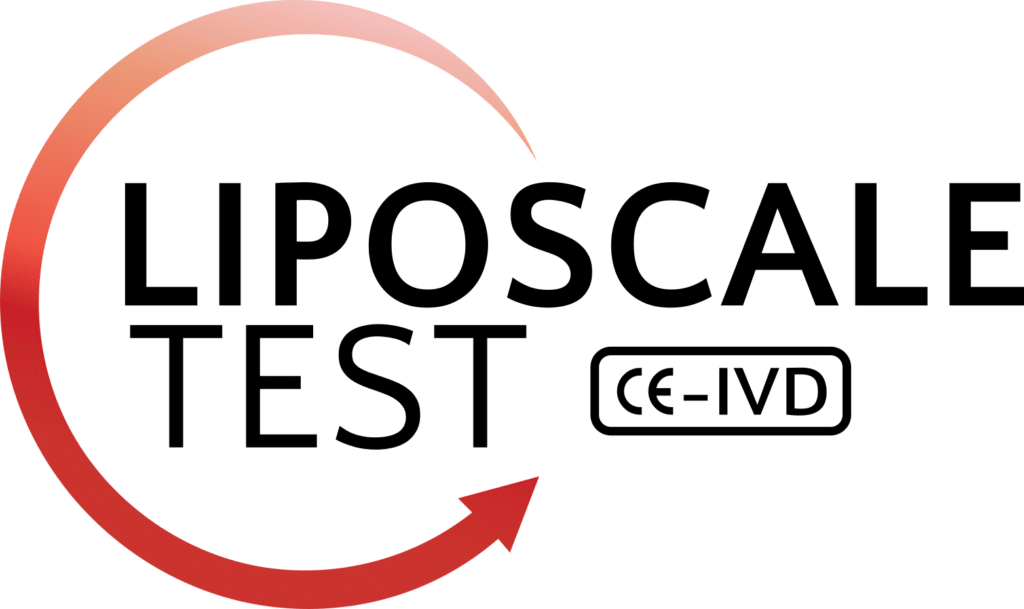Abstract
Preeclampsia (PE) and fetal growth restriction (FGR) are both placenta-mediated disorders with unclear pathogenesis. Metabolomics of maternal and fetal pairs might help in understanding these disorders. We recruited prospectively pregnancies with normotensive FGR, PE without FGR, PE + FGR and uncomplicated pregnancies as controls. Nuclear magnetic resonance metabolomics were applied on plasma samples collected at delivery. Advanced lipoprotein, glycoprotein and choline profiling was performed using the Liposcale test. The software package Dolphin was used to quantify 24 low-molecular-weight metabolites. Statistical analysis comprised the comparison between each group of complicated pregnancies versus controls, considering 5% false discovery rate correction. Lipid profiles were altered in accordance with the clinical presentation of these disorders. Specifically, PE mothers and FGR fetuses (with or without FGR or PE, respectively) exhibited a pro-atherogenic and pro-inflammatory profile, with higher concentrations of triglycerides, remnant cholesterol (VLDL, IDL) and Glc/GalNAc-linked and lipid-associated glycoproteins compared to controls. Low-molecular-weight metabolites were extensively disturbed in preeclamptic mothers, with or without FGR. Growth restricted fetuses in the presence of PE showed changes in low-molecular-weight metabolites similar to their mothers (increased creatine and creatinine), while normotensive FGR fetuses presented scarce differences, consistent with undernutrition (lower isoleucine). Further research is warranted to clarify maternal and fetal adaptations to PE and FGR.


